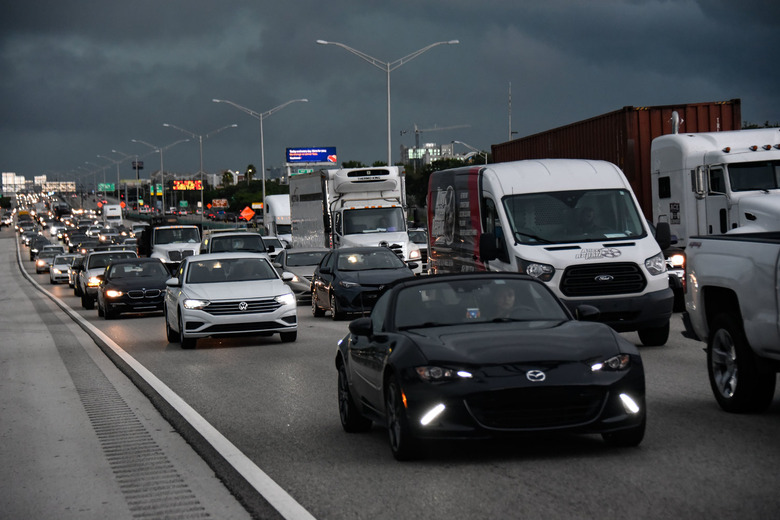Coronavirus Second Wave: This Site Tells You If It's Too Soon For Your State To Reopen
- Coronavirus cases are still on the upswing in the US, which remains one of the global hotspots of the COVID-19 virus that's infected more than 1.5 million people here and killed more than 93,000.
- That's according to the latest coronavirus statistics from Johns Hopkins University.
- Nevertheless, all 50 US states have now begun a reopening to some degree, and experts say reopening prematurely can lead to a severe second wave of coronavirus infections.
- Visit BGR's homepage for more stories.
For some of you, the reaction is "Thank God, it's about time." As of this moment, all 50 states in the US have reopened to some degree, embarking on a pullback of lockdown mandates and other measures taken in response to the onset of the coronavirus pandemic. Restaurants are starting to serve diners inside again. You can shop in some retail stores, either inside or via curbside pickup.
Of course, this reopening is as much about the expectation that the US economy couldn't take much more of a beating, as opposed to a sense that this is an appropriate time to, you know, actually lift the restrictions. Parts of the country started issuing stay-at-home orders and seeing business closures just two months ago, and since then some 36.5 million people have filed for unemployment — a jarring blow to the US economy that inspired the federal government to take extraordinary action, like sending out direct coronavirus stimulus payments to most Americans. Reopening, though, is a high-stakes balancing act, because look what's happened in recent days — as of Wednesday afternoon, according to one analysis, at least 18 states have seen a growth in average daily cases of at least 10% over the previous week. "The only thing that was keeping this very contagious virus in check was each of us keeping that physical distance," former Baltimore Health Commissioner Dr. Leana Wen told CNN. "If we're going to let people go to work and reopen, we are going to be introducing risk of some kind. The key is what are the steps we can take to reduce that risk as much as possible?"
Here's one thing you can do: Know the risk profile of your state, based on testing and current case trends, as you think about the various places in public you might start to go now that the rules are easing up a bit. To help with that, the nonprofit newsroom ProPublica has launched a website that tracks metrics derived from guidelines published by the White House that are meant to guide states as they reopen.
The data fed into the site is updated daily, and here's what you see. I'll choose Tennessee, since that's where I live:

A snapshot of state coronavirus data
The site prepares an infographic like the one you see above — which makes me feel pretty optimistic at the moment about my state — for all 50 states, and the data is pulled from the following sources: The COVID Tracking Project, National Governors Association, CDC COVID-19 Module, CDC FluView.
"Exact restrictions and rules for each state vary considerably, and counties or even cities may have their own rules in place," the site explains. "It has recently become clear that some states are combining different types of tests, which may make their positive test numbers appear better than they would otherwise."
The site is pretty straightforward to use and offers an informative snapshot of where you live that can help guide your behavior. And here's a little more about each category presented in the infographic:
- Positive tests per 100K people: This is a snapshot encompassing a seven-day moving average of the number of positive tests, adjusted for population, in a state. And it's denoted by a simple arrow, showing the direction of the trend.
- Percentage of tests that are positive: Again, a seven-day moving average of the percentage of total tests that come back positive (and, again, depicted with a directional arrow).
- Tests per 100K people per day: A seven-day moving average of the number of total tests, adjusted for population. According to the team at ProPublica, they're relying on statements by the White House suggesting that 30 tests per 1,000 people per month should be a target.
- ICU bed availability: The goal here is that 30% of a state's intensive care beds in hospitals should be available. This data comes, according to ProPublica, from "a subset of facilities in each state that report this information to the CDC, and it is updated daily."
- Hospital visits for flu-like illness: This trend is presented as an arrow showing the direction of the trend over the last two weeks.
